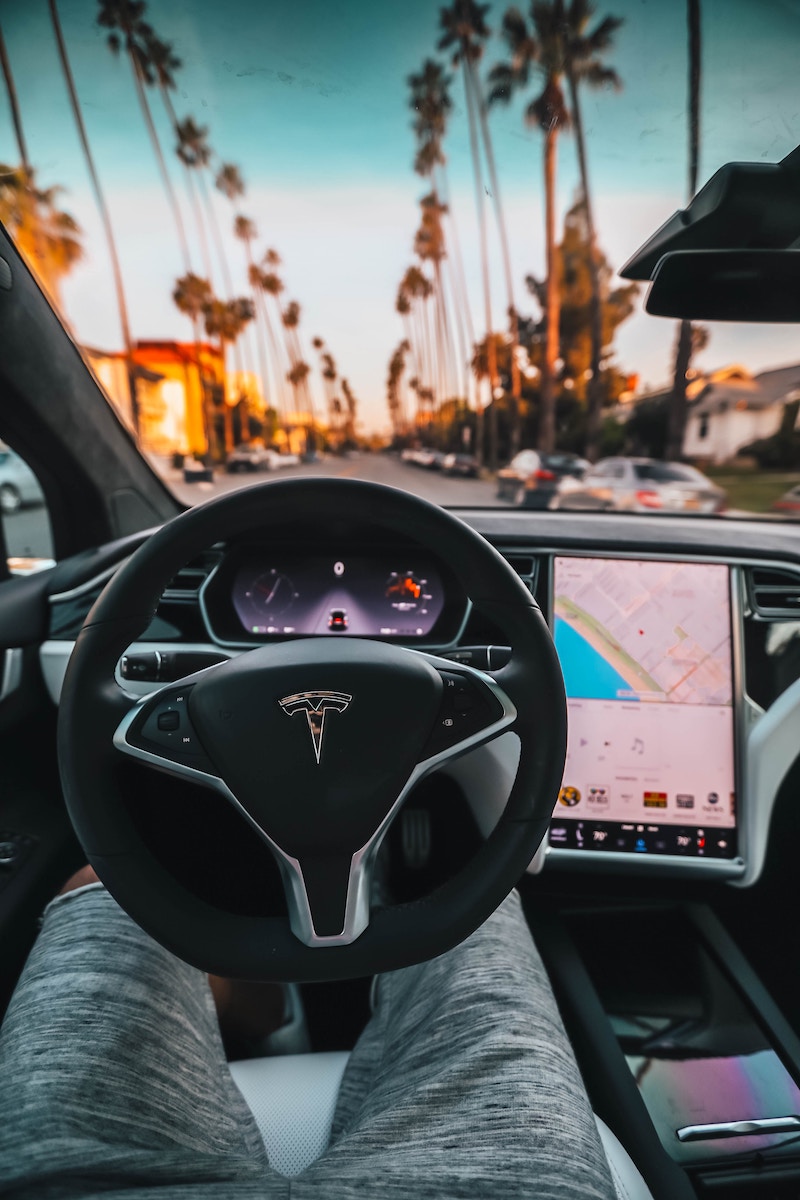
The Impact of Autonomous Vehicles on the Automotive Electrical Parts Industry
Autonomous vehicles, or self-driving cars as they are more commonly known, are the realization of a long-held dream. They promise the freedom to commute without ongoing participation, with the safety net of advanced automation and robotics.
What does this mean for manufacturers of automotive parts? Are they up to the challenge? Discover the impact of autonomous vehicles on the automotive electrical parts industry.
Increased Demand for Advanced Electrical Components
The increased demand for autonomous vehicles has naturally led to an increased demand for compatible automotive electrical parts and sensors.
Anyone producing compatible parts stands to make lots of money. However, it’s easier to integrate these autonomous features on a car that’s already designed with new electronics.
The electric car market is well placed to integrate this new software into their vehicles.
Development of New Technologies
Cutting-edge technology is at the forefront of the impact of autonomous vehicles.
Sensors, cameras, and GPS are nothing new in the automotive world, but their marriage with the latest AI is the door to a brave new world.
Examples are machine learning combined with computer vision via thermographic cameras and radar capabilities.
The 3-modeling of terrain and traffic conditions in split-second timing offers autonomous navigation and driving like never before.
Whereas cars with sensors and cameras allow the driver an enhanced scope of vision, autonomous technologies do the same for the machine itself.
Changing Business Models
Car manufacturers’ traditional business models are flying out of the window.
Rather than a one-time build and sale of a vehicle, autonomous vehicles (even partially autonomous ones) allow room for tech subscription plans and regular software updates.
By partnering with big tech to sustain autonomous cars, manufacturers can look forward to a lucrative ongoing business model that benefits both parties.
As technology and particularly AI advance, so too will the need for updates and after-market add-ons grow, exponentially.
New Safety Standards
Consumers love the idea of hands-free driving, but autonomous cars are still viewed with suspicion.
Until it becomes commonplace, drivers are reluctant to hand over all control to fully autonomous cars. New safety standards in the areas of lane keeping and blind spot monitoring are a must.
Admittedly, road users perceive themselves as more careful drivers than they are. One has only to look at the number of accidents caused by driver error to realize this.
But they persist in this belief and demand stringent safety standards for their peace of mind.
Increased Competition
Healthy competition drives any economy. The increased competition that vehicle autonomy has introduced is obvious.
Traditional car and automotive electrical parts manufacturers are feeling the heat.
Over 18 million new cars sold in 2024 will have level 2 automation, allowing drivers to take their hands off the wheel. And this trend is set to rise.
The drive to self-driving cars has allowed new players into the industry.
This is a concern for manufacturers who can’t embrace the future of automation in its logical conclusion – self-driving cars as the norm. Now software is truly on an even footing with hardware, and the race to the finish line is on.
Main image by Roberto Nickson on Unsplash


